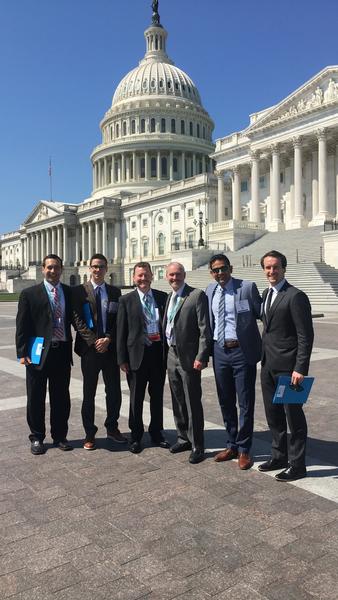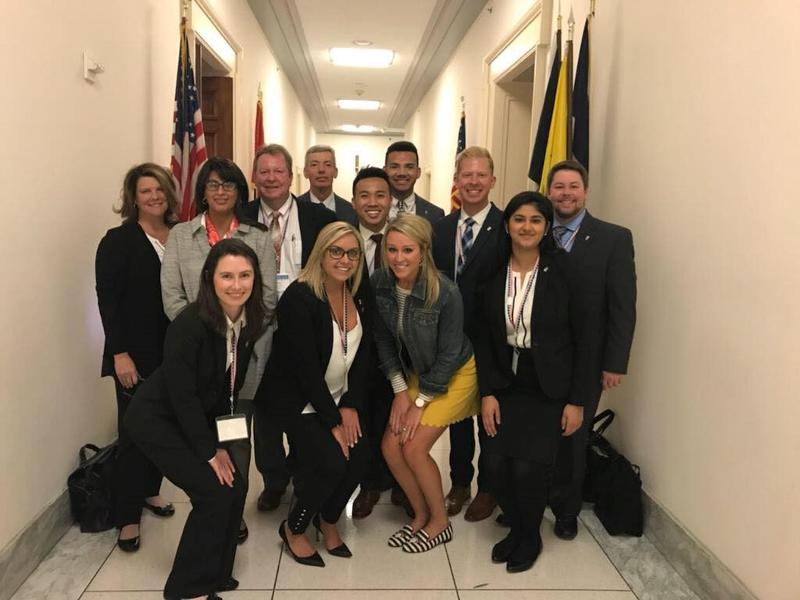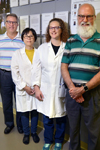
Banas and Drake Team Up to Study the Role of Oral Streptococci in the Early Stages of Dental Decay
Some things just go together! Peanut Butter and Jelly. Batman and Robin. Banas and Drake.
Dr. Jeff Banas is a professor of microbiology in pediatric dentistry and the Iowa Institute for Oral Health Research and the director of graduate studies for oral health science. Dr. David Drake is a professor of microbiology in endodontics and the Iowa Institute for Oral Health Research. With strong rapport and over a decade of collaboration, these two researchers have become known for their work together on the cariogenic roles of oral Streptococci and the oral microbiome.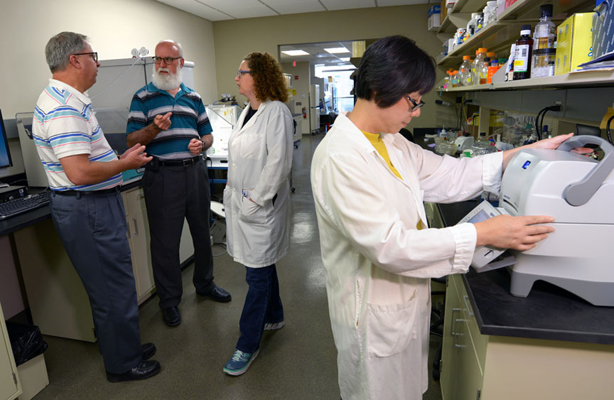
“When one of us presents our research, most people just assume that the other was involved in the project,” said Drake with a chuckle.
Their work together was rewarded in 2018 when the National Institutes of Health awarded them a five-year $2.6 million grant. For this project, Banas and Drake are examining young children with a high risk of early childhood tooth decay for a particular kind of plaque bacteria, Streptococci.
“The hypothesis for decades has been that certain plaque species have unique acidic properties, particularly Streptococcus mutans and sobrinus, and these are responsible for a large proportion of dental decay, but other low-pH plaque species may blaze the trail for these bad species of Streptococcus,” Banas explained. Although this has been the theory, there is sparse evidence for the roles of highly acidogenic (low pH) streptococcal species besides S. mutans and S. sobrinus.
That’s where Banas and Drake come in. During preliminary investigations on banked plaque samples, they isolated two common streptococcal species that were among those thought to possess the low pH phenotype that can make the oral microbiome a more suitable environment for the tooth-decay-causing species of plaque.
“The problem was that the various species die at different rates in the frozen state, so the banked samples were less than optimal,” said Banas.
As a result, Banas and Drake decided to propose and were awarded a grant for an 18-month longitudinal study of 130 children between the ages of 1 and 3, many of whom have a high risk of dental decay. Each participating child will be examined four times over the course of the study so that the team can track the changes in the low pH streptococcal population as well as other changes in the plaque microbiome.
“We will be able to see how the low pH populations fluctuate and shift the microflora, which helps the bad species of Streptococcus become more dominant, especially for children with high-sugar diets,” Drake said.
Then, the team will sequence the genome of specific low pH species of Streptococcus that were identified in their longitudinal study.
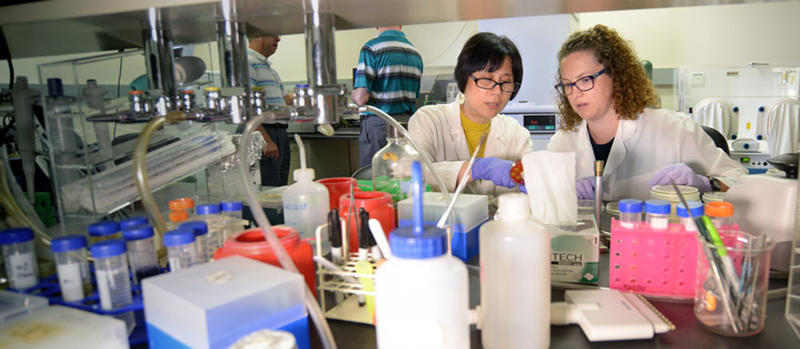 Although the relationship between tooth decay and the oral microbiome is complex, learning more about the specific genetic and phenotypic characteristics of the various species could improve prevention and treatment options. “If we understand the disease process better and can isolate key variables, we might be able to prevent it or treat it early on,” Drake said. “Or even establish a new standard for risk assessment,” Banas added as he finished Drake’s sentence.
Although the relationship between tooth decay and the oral microbiome is complex, learning more about the specific genetic and phenotypic characteristics of the various species could improve prevention and treatment options. “If we understand the disease process better and can isolate key variables, we might be able to prevent it or treat it early on,” Drake said. “Or even establish a new standard for risk assessment,” Banas added as he finished Drake’s sentence.
And that would be an important step for improving oral health. “Once the disease process begins, it can be stopped but it is much more difficult after the microbiome has been transformed.” That’s one reason why it’s so important for parents to take their children to the dentist at a young age.
Knowing the makeup of the oral microbiome could have other long-lasting implications. For example, prebiotics and probiotics could be designed to help good bacteria in the mouth while preventing bad forms from flourishing. “Prebiotics could feed the good guys, just as sugar feeds the bad guys,” Drake quipped.
As Banas and Drake embark on another research project together, each of the two has really come to appreciate what the other brings to the table. “We really work well together; we are much stronger together than we are individually,” Banas said. “It’s so important to see things from other perspectives, and this type of collaboration helps us leverage our talents to get even more support,” Drake added.




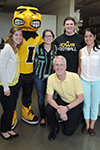
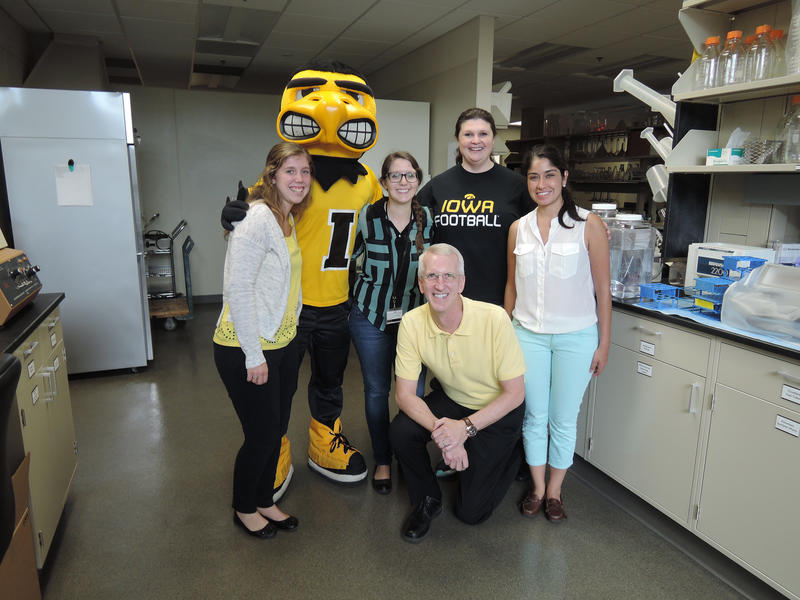 CellWorks would provide a computational model that the Brogden lab would validate. The lab would collect tumor cell lines with the same genetic makeup as the model, culture those cells, and determine whether those cells responded to treatment as predicted.
CellWorks would provide a computational model that the Brogden lab would validate. The lab would collect tumor cell lines with the same genetic makeup as the model, culture those cells, and determine whether those cells responded to treatment as predicted.






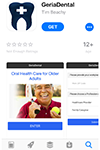





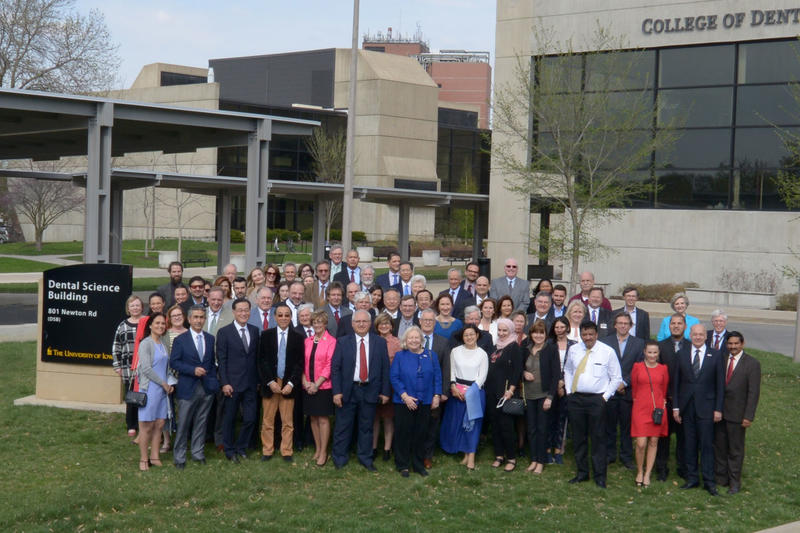 The group of FDI Representatives visiting the College of Dentistry
The group of FDI Representatives visiting the College of Dentistry From Left to Right: Stacey Howes (DDS 2018), Dean Johnsen, Dr. Kim Brogden, Congressman Loebsack, Dr. Brad Amendt, and Dr. Fang Qian.
From Left to Right: Stacey Howes (DDS 2018), Dean Johnsen, Dr. Kim Brogden, Congressman Loebsack, Dr. Brad Amendt, and Dr. Fang Qian.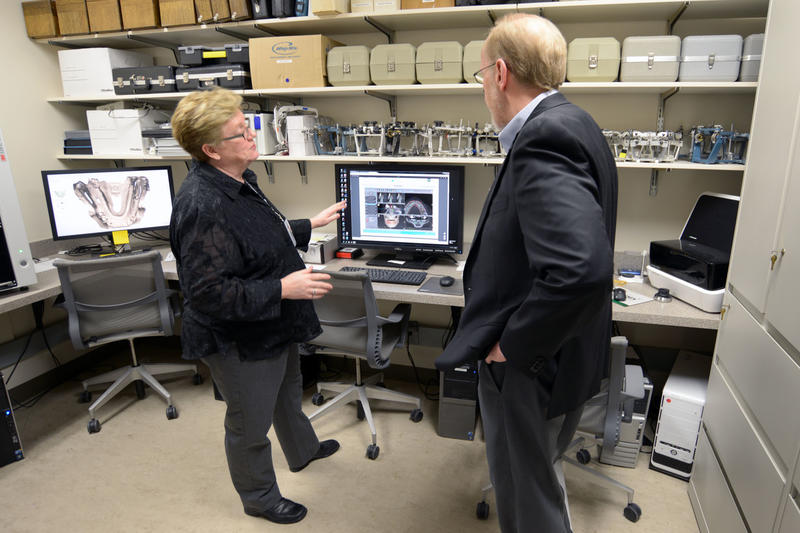 Congressman Dave Loebsack speaking with Dr. Julie Holloway in the Prosthodontics Lab.
Congressman Dave Loebsack speaking with Dr. Julie Holloway in the Prosthodontics Lab.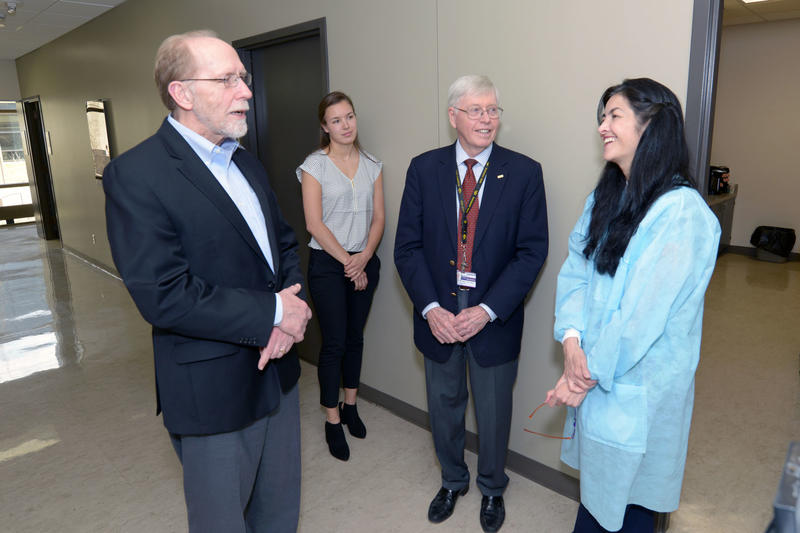 Congressman Dave Loeback speaking with Dr. Lina Moreno, Dean Johnsen, and Stacey Howes (DDS 2018).
Congressman Dave Loeback speaking with Dr. Lina Moreno, Dean Johnsen, and Stacey Howes (DDS 2018).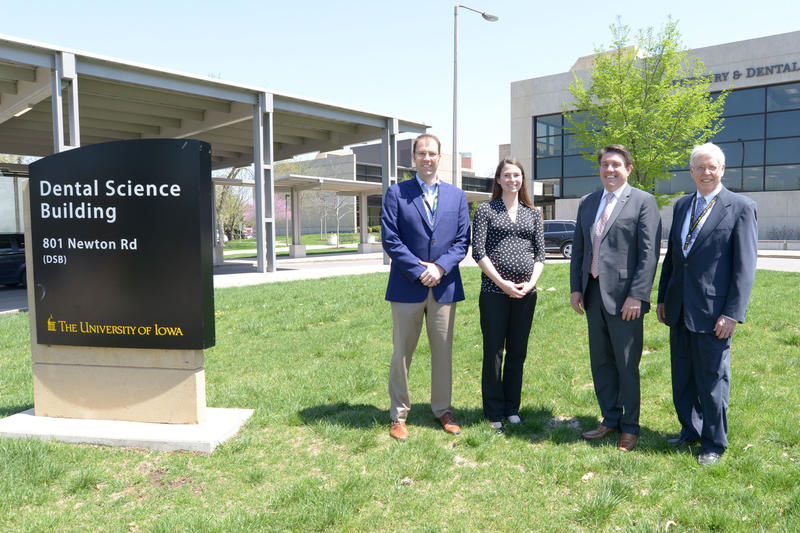 From Right to Left: Dr. Ryan Stuntz, Dr. Justine Stemper (DDS 2014), Dean David Johnsen, and Dr. Jeffrey Cole.
From Right to Left: Dr. Ryan Stuntz, Dr. Justine Stemper (DDS 2014), Dean David Johnsen, and Dr. Jeffrey Cole.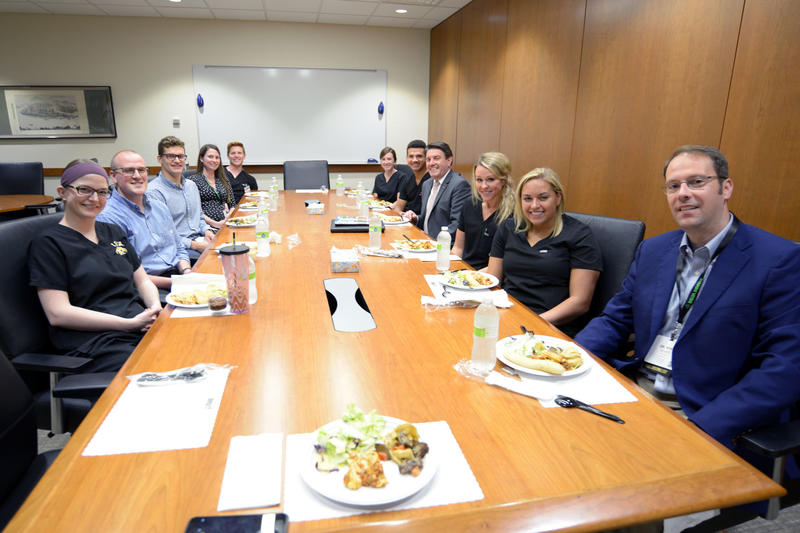 Drs. Stuntz, Stemper, and Cole joined several students for lunch.
Drs. Stuntz, Stemper, and Cole joined several students for lunch.

 The National Institute of Health awarded Dr. Jeffrey Banas and Dr. David Drake a five-year $2.6 million grant titled “Longitudinal Analysis of Low pH Streptococci and Plaque Microbiome in Early Childhood Caries.” The project will examine a particular kind of plaque bacteria, streptococci, in young children with a high risk of early childhood tooth decay. The ultimate aim of this examination is to find an effective and efficient means of determining the risk of tooth decay so that it can be prevented and treated.
The National Institute of Health awarded Dr. Jeffrey Banas and Dr. David Drake a five-year $2.6 million grant titled “Longitudinal Analysis of Low pH Streptococci and Plaque Microbiome in Early Childhood Caries.” The project will examine a particular kind of plaque bacteria, streptococci, in young children with a high risk of early childhood tooth decay. The ultimate aim of this examination is to find an effective and efficient means of determining the risk of tooth decay so that it can be prevented and treated.
